(LĐ online) - Coming to Hai Phong city, we were able to visit and study famous historical and cultural relics, including the historical relic of the K15 unnumbered wharf, the departure place of unnumbered ships, carrying out secret missions, transporting weapons to support the Southern battlefield during the anti-American resistance war, creating the legendary road called " Ho Chi Minh Trail on the sea".
 |
| The working delegation of the Propaganda Department from across the country offered incense at the historical site of Ben K15. |
The unnumbered wharf is also known as K15 Wharf. The name K15 Wharf, “K” is the military symbol for the port, “15” is the code number taken from the number of the Party Central Committee Resolution on the revolutionary line and method in the South at the 15th Party Central Committee Conference. In order to transport supplies to the South, mainly weapons, to realize the method of military struggle, armed struggle in the spirit of Resolution 15-NQ/TW of the Communist Party of Vietnam , the name K15 Wharf was born to refer to the wharf of the “Unnumbered Ship” at the foot of Nghinh Phong hill, Van Huong ward, Do Son district, Hai Phong city.
In 1959, implementing Resolution No. 15-NQ/TW of the Party Central Committee, the Politburo directed the establishment of two strategic transport routes to support human and material resources for the Southern battlefield. These were the trans-Truong Son transport route and the strategic trans-East Sea transport route. Both of these unique and creative routes were named Ho Chi Minh Trail. In October 1961, the Ministry of National Defense issued a resolution to establish the 759th Sea Transport Group with the initial assigned task of purchasing vehicles and transporting supplies of all kinds to the Southern battlefield by sea. To implement that policy, a series of preparations were secretly carried out. Hai Phong Shipyard 1 was assigned the task of secretly building ships, and the military weapons unit was assigned the task of secretly packing guns and ammunition so that those packages would not have any trace of having been carried out in North Vietnam.
In order to maintain secrecy and ensure absolute safety for the transportation, the selection of the location for docking, receiving goods and departure of the unnumbered ships was given special attention. At that time, the area south of Do Son peninsula, at the foot of Van Hoa mountain, called "Green Valley", had a location that met the requirements that had been selected. At exactly 10:00 p.m. on October 11, 1962, the first wooden ship carrying 30 tons of weapons secretly departed from Van Sep wharf, Do Son. On board were 13 sailors, all of whom were soldiers from the South who had gathered in the North, with comrade Le Van Mot as captain and comrade Bong Van Dia as political commissar. When seeing off the comrades at the foot of the wharf, Uncle Pham Van Dong advised: "The Party has assigned you a very important task, which is to transfer the hot blood from the heart of the North to the body of the South. You must try to complete your task well." With such profound and great meaning, the first ship on this first trip was named “Phuong Dong 1”. After 5 days drifting at sea, enduring strong winds and waves, Phuong Dong 1 cleverly slipped through the enemy’s strict blockade system, entered Bo De port (Ca Mau) and safely docked at Vam Lung. The first successful shipment of weapons by sea to support the Southern battlefield opened up a strategic transportation route in the East Sea.
By April 1963, the engineering force had built pier K15 - milestone 0 of the Ho Chi Minh trail at sea. From pier K15, 168 unnumbered ships departed, transporting more than 150,000 tons of weapons and equipment and bringing tens of thousands of cadres from the North to provide timely support to the Southern battlefield. During those "special" ships, everyone who set foot on the unnumbered ship had to strictly comply with "iron discipline" measures and forms. To ensure top secrecy, when assigned tasks, soldiers were only told that they were sent to participate in sudden operations and had to carry out special "camp ban" orders from the commanders at the ships and ports until the end of the war. For them, each time they received a cargo transport mission was truly a "life and death" situation. The unnumbered ships had to maneuver and camouflage themselves to pass through many enemy-controlled areas, always at risk of being discovered, having to fight and sacrifice. On each ship, there was always a block of explosives prepared. If discovered and unable to escape, the ship's commander would definitely have to detonate the explosives to destroy the ship in order to prevent the weapons from falling into enemy hands, and at the same time destroy all traces, not revealing secrets.
 |
| The delegation offered incense at the historical site of Ben K15 |
During 14 years (1961-1975), the officers and soldiers of the "Train without numbers" achieved heroic feats in extremely difficult and fierce circumstances. The military transport units on the sea route named after Ho Chi Minh overcame all difficulties, hardships, and sacrifices, overcame the enemy's strict control, blockade, and fierce attacks, organized hundreds of ships to set sail and reach their destination; hundreds of tons of weapons, ammunition, technical equipment, military equipment, goods, medicine, etc. Hundreds of thousands of officers and soldiers from the large rear were sent to the front line, promptly responding to the human and material needs of the Southern battlefield during the fierce years of war.
The strategic sea transport route, together with the army and people of the whole country, defeated the strategies of "Special War", "Local War", "Vietnamization of War" of the US imperialists and made the victory of the historic Ho Chi Minh campaign, completely liberating the South, unifying the country. Each trip was a tense and fierce battle of wits with the enemy, with nature, with wind and waves, with all difficulties and challenges, ready to sacrifice lives, ready to detonate the pre-arranged explosives to destroy ships, destroy goods, protect the secrets of the route, ships and ports... In those battles, many outstanding sons of the Fatherland heroically sacrificed their lives forever, staying with the sea route, lying in the deep sea, transforming into waves.
It can be said that, thanks to good solidarity, strict discipline, building and promoting flesh-and-blood relationships with the people, the units, officers and soldiers of the transport force supporting on the sea route were loved, respected, supported, helped, sheltered and cared for by the Party Committees, authorities and people of the localities, especially where the units were stationed, at the ports and ports for receiving and delivering goods and by fishermen working in the estuaries, both in normal times and in times of danger, protecting the secrets of the unit and its tasks. Therefore, when having a solid "berth" in the hearts of the people, the officers and soldiers of the "Unnumbered Train" created the success of the sea route connecting the North with the Southern battlefield, contributing to the resounding victories of the army and people of the South. All of these factors created a great combined strength, creating the legend of the Ho Chi Minh Trail at sea.
Saying goodbye to the historical site of the K15 Ship No Number, everyone felt proud of the spirit of solidarity, the indomitable will, and the sacrifice for the Fatherland of the soldiers on the Ship No Number in the past. Wharf K15 is one of the "red addresses" to educate the tradition of patriotism and the indomitable spirit of a heroic nation for the present and future generations.
Source




![[Photo] Lam Dong: Close-up of illegal lake with broken wall](https://vphoto.vietnam.vn/thumb/1200x675/vietnam/resource/IMAGE/2025/11/03/1762166057849_a5018a8dcbd5478b1ec4-jpg.webp)

![[Photo] General Secretary To Lam receives Singaporean Ambassador Jaya Ratnam](https://vphoto.vietnam.vn/thumb/1200x675/vietnam/resource/IMAGE/2025/11/03/1762171461424_a1-bnd-5309-9100-jpg.webp)
![[Photo] Prime Minister Pham Minh Chinh receives the Chairman of the Japan-Vietnam Friendship Association in the Kansai region](https://vphoto.vietnam.vn/thumb/1200x675/vietnam/resource/IMAGE/2025/11/03/1762176259003_ndo_br_dsc-9224-jpg.webp)


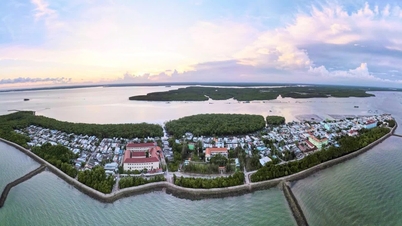




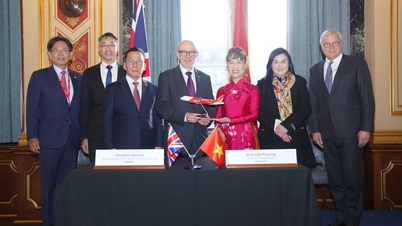
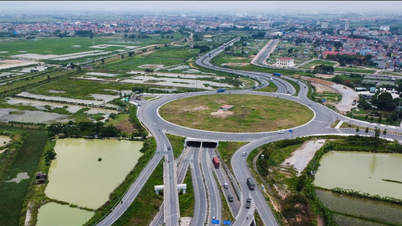



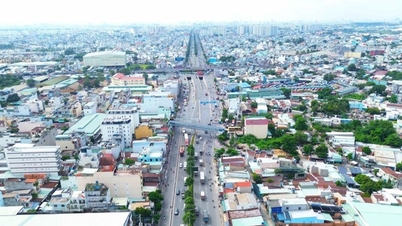

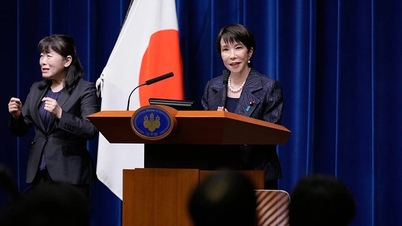

















































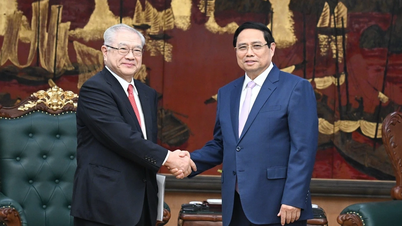













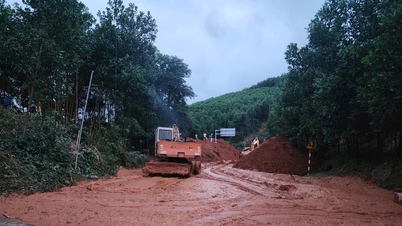




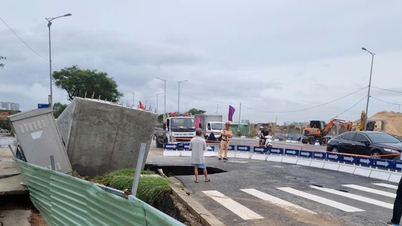

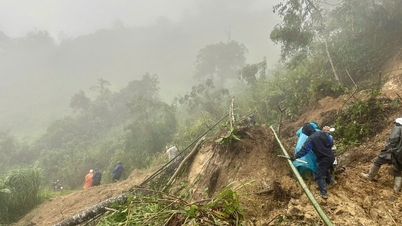










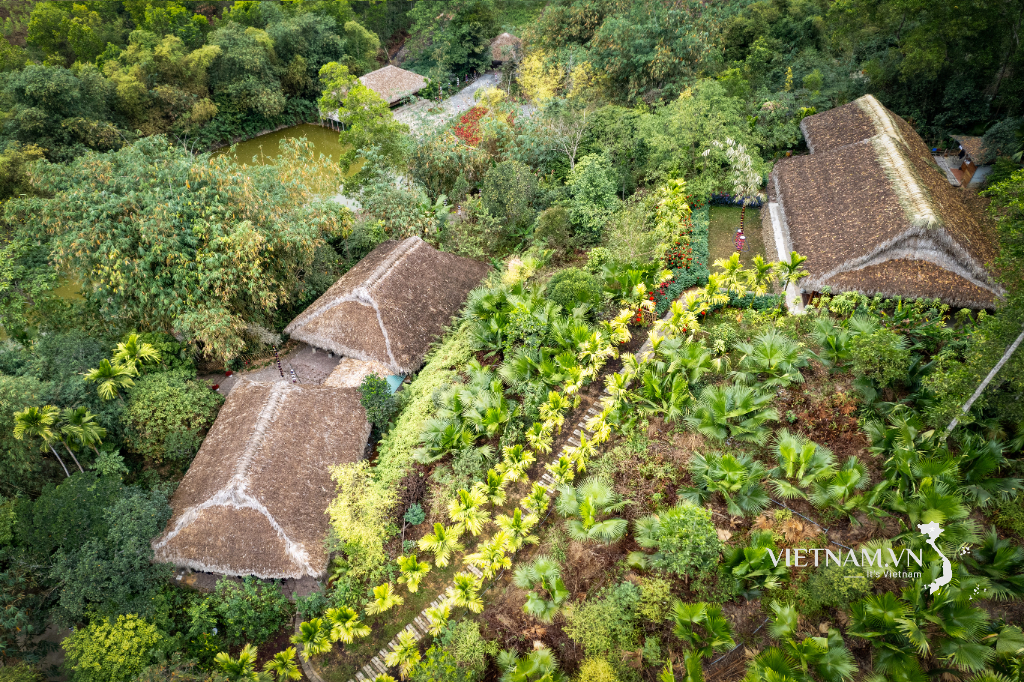
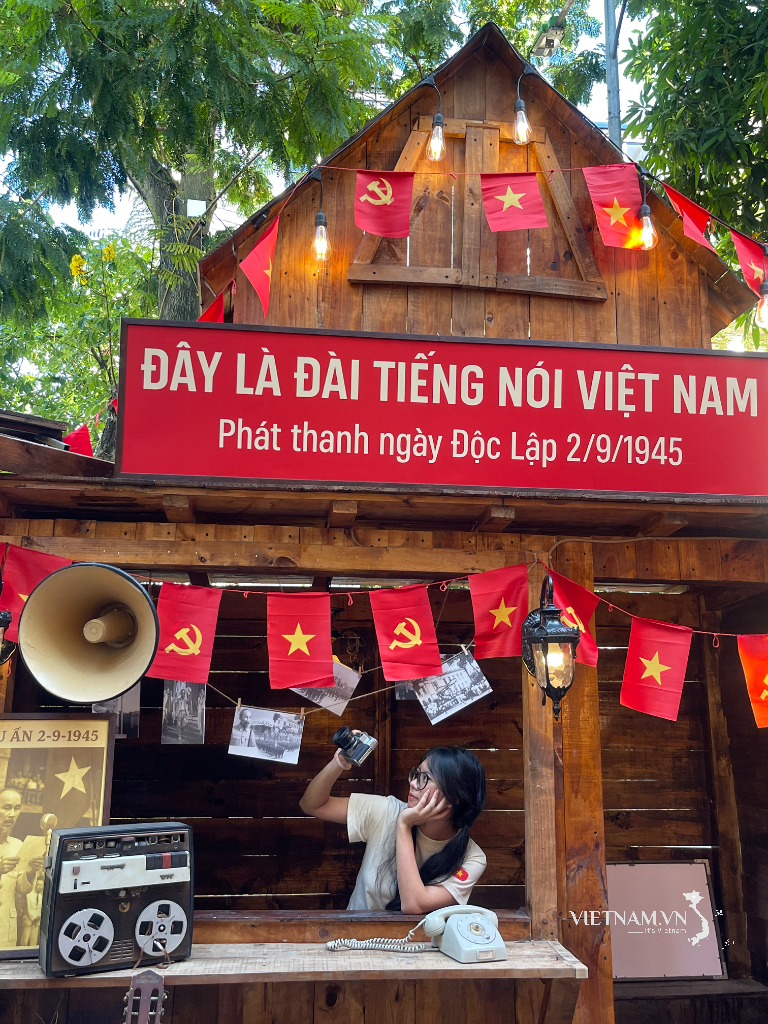

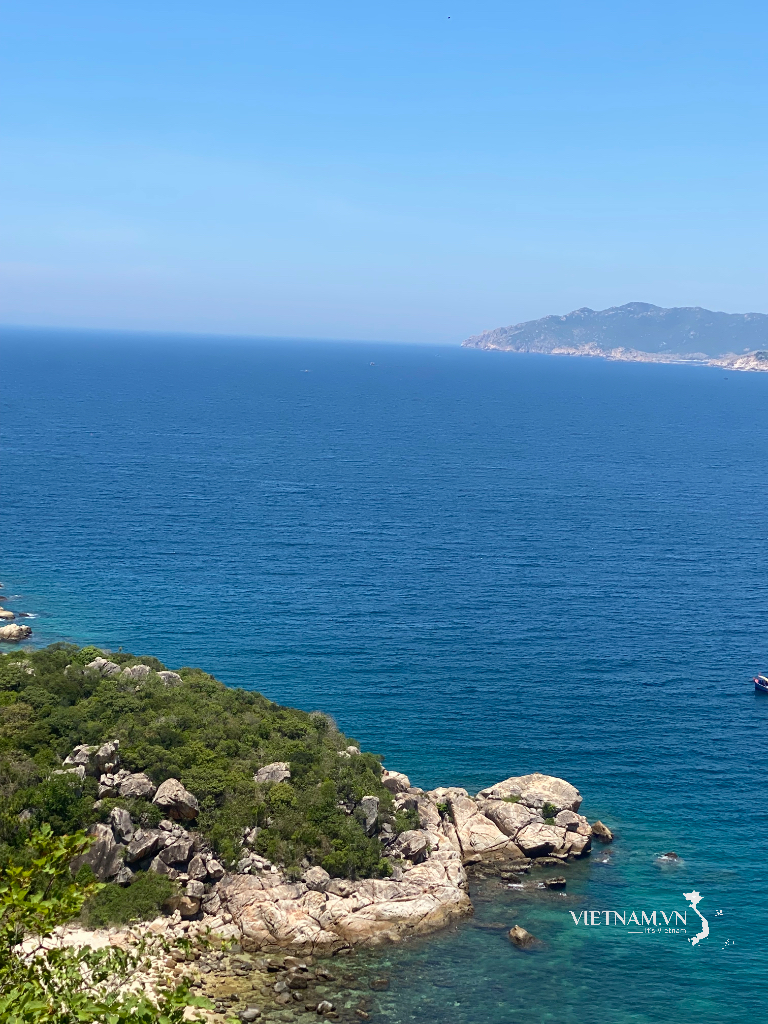
Comment (0)